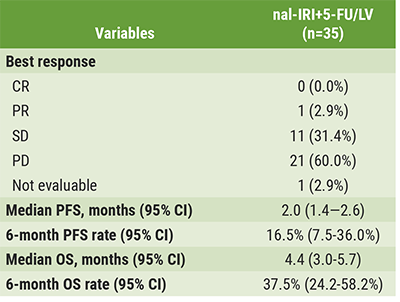"We were surprised that one of the genes most frequently deregulated between tumor areas with different tumor grade is a member of the cancer testis antigens (CTAs) family," Dr. Augusto Villanueva of the Icahn School of Medicine at Mount Sinai in New York City told Reuters Health by email. "These genes are only expressed during gametogenesis and their role in cancer progression is largely unknown."
His team had performed a transcriptomic analysis of 44 hepatocellular (HCC) tumor biopsies from 12 patients, seeking to determine which genes were upregulated in high-grade versus low-grade regions of the same tumor.
As reported in PloS Genetics, a subset of CTAs was significantly overexpressed in histologically poorly differentiated regions. Further analysis of CTAs in tumors from two patient cohorts, one with 361 participants and the other with 228 participants, revealed that high CTA expression was associated with worse overall survival and other markers of poor prognosis.
A functional analysis of MAGEA3 in human HCC cell lines and in a genetic mouse model showed that MAGEA3 inhibition decreased cell proliferation and colony formation, and increased apoptosis. Overexpression of MAGEA3 in mouse livers was associated with more aggressive tumors in vivo.
Future studies are needed to replicate the findings in larger patient populations and assess whether MAGEA3 itself, or its downstream targets, might be more effective therapeutic targets, according to the authors.
Dr. Villanueva said, "Now that we have established the role of MAGEA3 in liver cancer progression, our next goal is to develop strategies to pharmacologically inhibit the actions of MAGEA3. We are considering different options, from small molecules to PROTAC (proteolysis-targeting chimera)."
Dr. Arturo Loaiza-Bonilla, Gastrointestinal Program Director at Cancer Treatment Centers of America in Atlanta, commented on the study in an email to Reuters Health. "Based on this report, (targeting MAGEA3) seems a promising prognostic and therapeutic approach in a less often explored field of transcriptomics," he said. "While MAGEA3 and other CTAs are now being identified as potential prognostic factors, there are several other reported genomic signatures associated with different prognoses in HCC, and a multifactorial/pathway approach is likely to provide the most approximate genomic and clinical profile in HCC."
"In addition," he said, "this research was limited by a relatively small sample; hence replicating these efforts with a broader sample size would be preferred."
"Given the advent of ctDNA for evaluation of response to immune checkpoint inhibitors and the reporting of several different genomic signatures, it would be ideal to develop AI-based models that take into account all of these initiatives and results to provide a unified scoring system for prognosis and potential prediction of response," he said. "The future research of these signatures is very promising."
SOURCE: https://bit.ly/3x89hdz PloS Genetics, online June 24, 2021.
By Marilynn Larkin
Posted on
Previous Article
« Postoperative radiotherapy of little help in non-small-cell lung cancer Next Article
Add-on daratumumab triples complete-response rate in AL amyloidosis »
« Postoperative radiotherapy of little help in non-small-cell lung cancer Next Article
Add-on daratumumab triples complete-response rate in AL amyloidosis »
Related Articles
September 17, 2020
Cardiotoxicity: consider switching to S-1

© 2024 Medicom Medical Publishers. All rights reserved. Terms and Conditions | Privacy Policy
HEAD OFFICE
Laarderhoogtweg 25
1101 EB Amsterdam
The Netherlands
T: +31 85 4012 560
E: publishers@medicom-publishers.com

